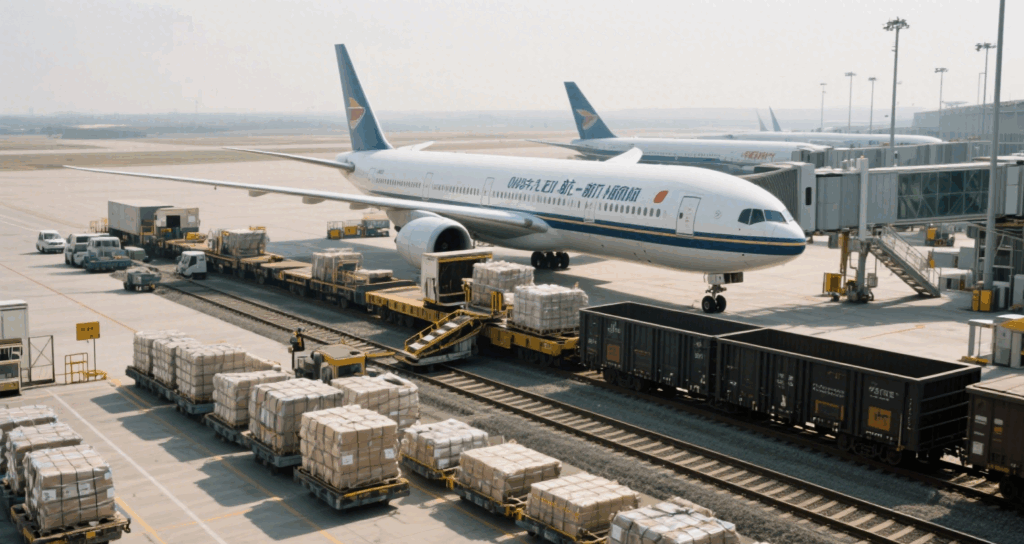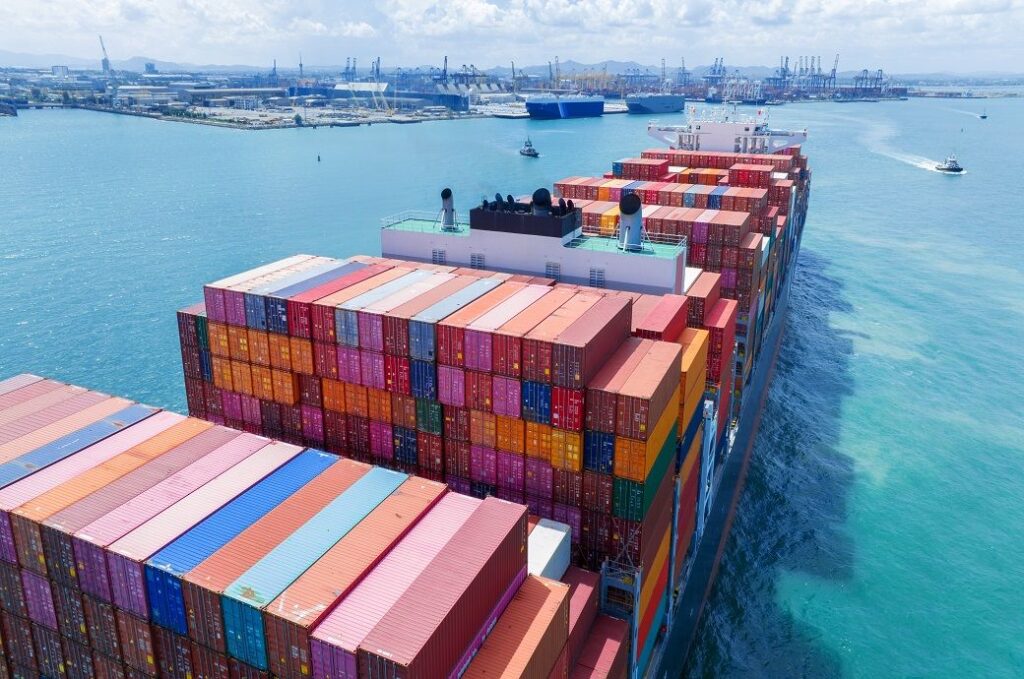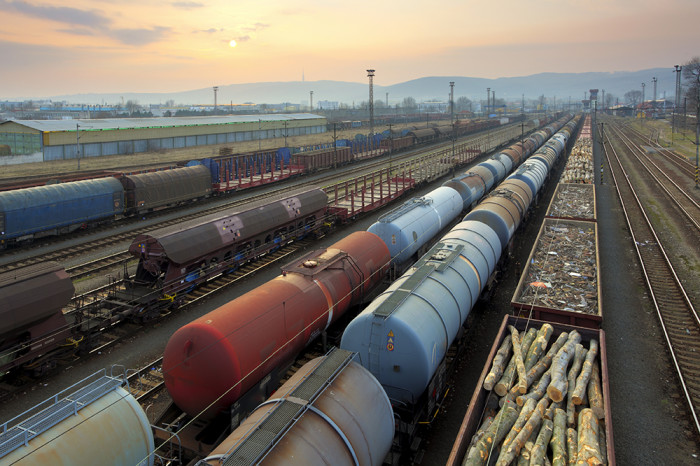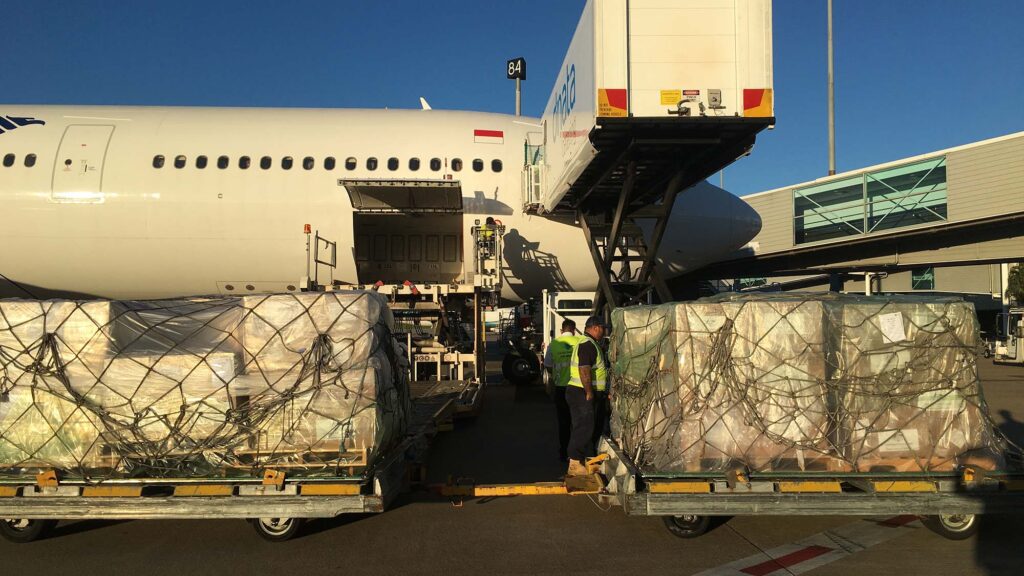The cost of shipping container from China to Europe is one of the most critical factors for businesses managing global supply chains. With fluctuating rates, customs complexities, and multiple shipping methods available, importers often struggle to budget accurately. This guide explores costs, timelines, documentation, and practical strategies to help companies reduce expenses and ensure timely delivery.
What Determines the Cost of Shipping Container from China to Europe?
Several elements influence container shipping prices:
- Container Size and Type: 20ft vs 40ft vs 40HQ have different base rates.
- Freight Mode: Sea, air, and rail vary in cost and speed.
- Port Selection: Major ports like Shanghai, Shenzhen, or Hamburg impact rates.
- Seasonality: Prices rise during Chinese New Year and European holiday seasons.
- Fuel and Surcharges: Fluctuating fuel prices and surcharges affect overall rates.
- Customs and Duties: Tariffs, VAT, and port fees add significant costs.
How Much Does It Cost to Ship a Container from China to Europe?
| Container Size | Average Cost (USD) | Transit Time (Sea) | Best Use Case |
|---|---|---|---|
| 20ft Standard | $2,000 – $3,000 | 28 – 35 days | Small to medium shipments |
| 40ft Standard | $3,500 – $5,000 | 28 – 35 days | Larger volume shipments |
| 40ft High Cube | $3,800 – $5,300 | 28 – 35 days | Oversized cargo or bulk loads |
How Do Shipping Methods Compare for China–Europe Trade?
| Mode | Cost Estimate | Transit Time | Pros | Cons |
|---|---|---|---|---|
| Sea Freight | $2,000 – $5,300 per container | 28 – 35 days | Cheapest per unit, large volume capacity | Slow, subject to port delays |
| Rail Freight | $5,500 – $7,500 per container | 18 – 22 days | Faster than sea, stable schedules | Limited routes, higher than sea |
| Air Freight | $6 – $10 per kg | 5 – 7 days | Fastest option, secure for valuables | Extremely expensive for bulk cargo |
How Long Does It Take to Ship a Container from China to Europe?
| Route Example | Sea Freight | Rail Freight | Air Freight |
|---|---|---|---|
| Shanghai → Hamburg | 30 days | 19 days | 6 days |
| Shenzhen → Rotterdam | 32 days | 20 days | 5 days |
| Guangzhou → Antwerp | 28 days | 18 days | 6 days |
What Documents Are Needed for Shipping Containers to Europe?
| Document | Purpose |
|---|---|
| Commercial Invoice | Declares goods and their value for customs duties |
| Packing List | Describes contents, weight, and measurements |
| Bill of Lading (B/L) | Confirms carrier receipt of goods |
| Certificate of Origin | Determines tariffs under EU trade agreements |
| Import Declaration | Filed with European customs for clearance |
Real Case Studies of China–Europe Container Shipping
Case 1: Shenzhen → Hamburg (Sea Freight FCL)
- Cargo: 40ft container of consumer electronics (24 tons)
- Cost: $4,200
- Transit Time: 31 days
- Outcome: Efficient customs clearance with bonded warehouse storage reduced demurrage charges.
Case 2: Chengdu → Warsaw (Rail Freight)
- Cargo: 20ft container of auto parts (12 tons)
- Cost: $6,200
- Transit Time: 20 days
- Outcome: Delivered faster than sea freight, helping meet production deadlines.
What Are the Pros and Cons of Shipping Modes?
| Mode | Advantages | Disadvantages |
|---|---|---|
| Sea Freight | Lowest per-unit cost, best for bulk cargo | Longest transit time, potential port delays |
| Rail Freight | Faster than sea, eco-friendlier | Limited routes, higher base cost |
| Air Freight | Fast, secure, reliable | Cost-prohibitive for large shipments |

How to Save Money on Container Shipping from China to Europe?
- Consolidate Shipments: Use FCL instead of multiple LCL shipments.
- Book in Advance: Lock in lower rates before peak season.
- Choose Alternative Ports: Rotterdam may be cheaper than Hamburg.
- Negotiate Contracts: Long-term agreements with carriers reduce rates.
- Work with Freight Forwarders: They optimize routing and handle customs.
Why Work with Freight Forwarders for China–Europe Trade?
- They provide access to multiple carriers for better rates.
- Freight forwarders manage documentation and compliance.
- They offer warehousing and last-mile delivery services.
- Consolidation services further reduce per-unit costs.
Conclusion
In summary, the cost of shipping container from China to Europe depends on container size, shipping mode, customs duties, and seasonal fluctuations. Sea freight remains the most affordable for bulk cargo, while rail offers a faster alternative, and air freight provides unmatched speed for high-value goods. By consolidating shipments, choosing the right mode, and working with experienced freight forwarders, businesses can reduce costs, improve efficiency, and ensure smooth supply chain operations.
- Consult TJ China Freight Forwarding for the lowest quote. They will provide you with reliable, cost-effective service.
FAQs
Q1.How much is a 20ft container from China to Europe?
A 20ft container typically costs $2,000–$3,000 by sea freight, depending on season, route, and shipping line.
Q2.How long does sea freight take from China to Europe?
Sea freight usually takes 28–35 days, depending on origin and destination ports, weather, and port congestion.
Q3.Can rail freight reduce transit times compared to sea freight?
Yes, rail freight takes 18–22 days, offering a faster alternative for medium-sized shipments across Eurasian routes.
Q4.What is the cost of air freight for China–Europe shipments?
Air freight costs around $6–$10 per kilogram, ideal for urgent and high-value goods requiring quick delivery.
Q5.Which European ports are best for Chinese imports?
Rotterdam, Hamburg, and Antwerp are preferred due to advanced facilities, efficient customs, and excellent inland connections.




